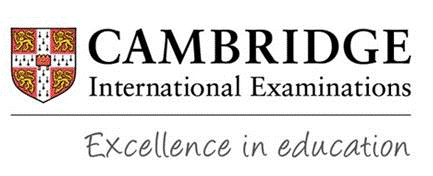The Cambridge Advanced International Certificate of Education, is an internationally recognized program that emphasizes the value of broad and balanced study. It offers students the ability to gain an in-depth understanding of subjects that suit their specific passions and interests while developing the tools necessary to succeed in college-level classes. This program is recognized internationally and prepares students for college. Students can earn college credit and potentially earn the AICE Diploma.
AICE Diploma: Students must pass six credits worth of examinations as well as pass Global Perspectives. At least one examination must come from each of the three subject groups: Mathematics & Sciences, Languages, and Arts and Humanities. To receive full Bright Futures with the AICE Diploma students must also complete 100 hours of community service and two years of the same world language.
Current Courses at Port St. Lucie High School Include:
- Group 1: Math and Science
- Marine Science AS
- Environmental Management AS
- Group 2: Languages
- English Language AS
- Spanish Language AS
- Group 3: Arts and Humanities
- English Literature AS
- International History AS
- Media Studies AS
- Music AS
- Art and Design AS
- US History AS
- Group 4: Interdisciplinary
- English General Paper AS
- CORE Required
- Global Perspectives AS
Contact Glenna.Sigmon@stlucieschools.org for more information regarding the AICE Program Assessments.
Contact Monica.Brooks@stlucieschools.org for more information regarding the AICE Diploma and course enrollments.
For more information, visit the Cambridge Website





